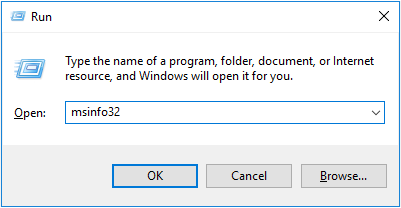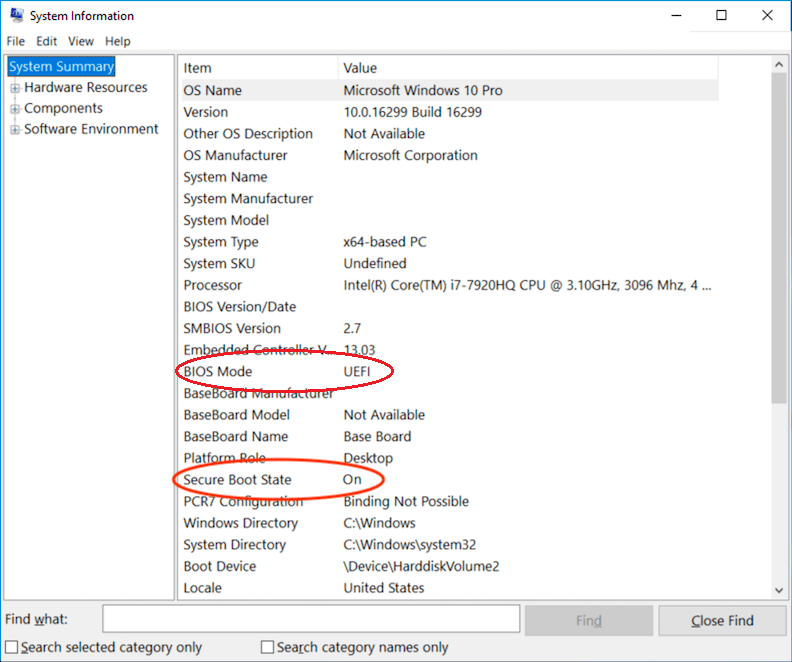Understanding and Enabling Secure Boot for Dell PC
- Home
- Support
- Tips Data Backup
- Understanding and Enabling Secure Boot for Dell PC
Summary
Secure Boot is an important security feature designed to protect the boot process from threats like malware and ransomware. It requires the computer's BIOS to be set to UEFI mode rather than Legacy mode. The article provides guidance on verifying if Secure Boot is enabled on a Windows system and instructions on how to switch from Legacy to UEFI mode if needed. It also includes steps to enable Secure Boot on various Dell computer models.
msinfo32


Alienware, Inspiron, and Vostro
* Go to Boot > Change Secure Boot List Option to UEFI. * Press the F10 key to Save and Exit.
OptiPlex, Precision, Wyse, and XPS
* Go to General > Boot Sequence > Boot List Option – Change to UEFI. * Click Apply > click Exit – Save the Changes.
Alienware, Inspiron, and Vostro
* Go to Secure Boot > Change Secure Boot to Enabled. * Press the F10 key to Save and Exit.
OptiPlex, Precision, Wyse, and XPS
* Go to Secure Boot > Secure Boot Enable > Check Secure Boot Enable. * Click Apply > click Exit > Save the changes.

Automatic 4K alignment Improves SSD performance during system migration.
Support GPT and MBR Automatically adapt to the suitable partition format.
Support NTFS and FAT32 Redeploy various files in different file systems.
Back up quickly Back up files at up to 3,000MB/min.
Overall backup schedule Support system redeployment/system backup/partition backup/disk backup/disk clone.
Automatic 4K alignment Improve SSD performance
Support GPT and MBR Intelligently adapt to a partition format
Support NTFS and FAT32 Redeploy files in different file systems
Free TrialFree TrialNow 2000 people have downloaded!Relate Links :
Reset Windows Account Password With Command Line: A Comprehensive Guide
09-10-2023
John Weaver : In this article, we provide a comprehensive guide on how to reset passwords using the command line with...
Resetting Your Windows Hello PIN: Everything You Need to Know
08-10-2023
Ashley S. Miller : Don't let a forgotten Windows Hello PIN prevent you from accessing your device. Learn multiple ways to easily...
Reset Your Windows 10 PIN in Just a Few Easy Steps
15-01-2024
Ashley S. Miller : Learn how to reset your Windows 10 Hello PIN with this comprehensive guide. From different methods to troubleshooting...
Reset Your Windows 10 PIN in Just a Few Easy Steps
27-09-2023
Jennifer Thatcher : Learn how to reset your Windows 10 Hello PIN with this comprehensive guide. From different methods to troubleshooting...




